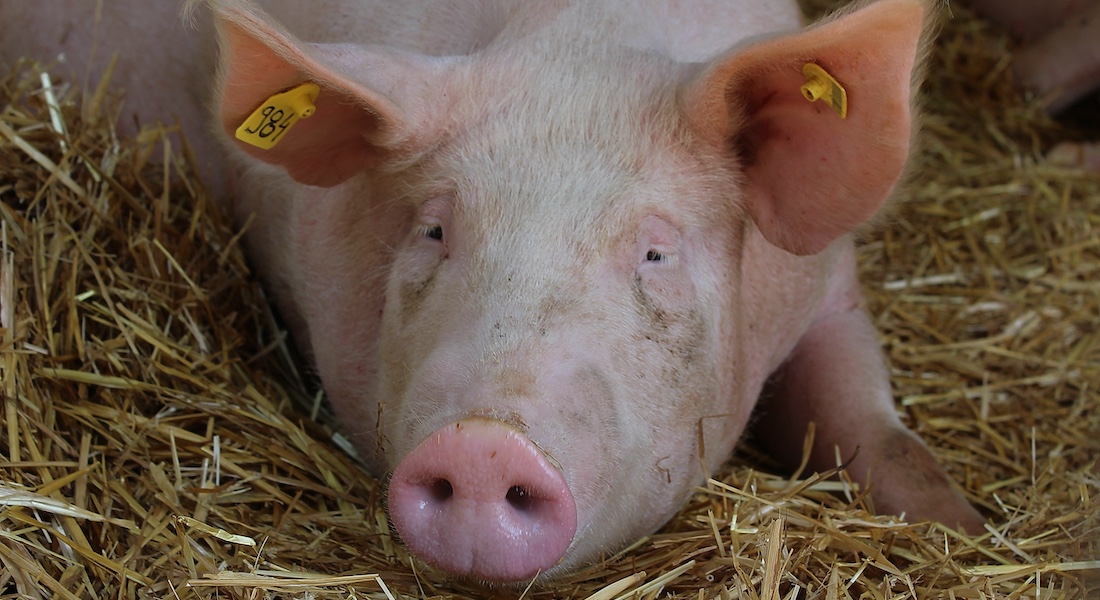Why is welfare pork so expensive?

Olsen, J. V., Christensen, T., Denver, S., & Sandøe, P. (2024)
animal. ELSEVIER
Abstract
Specialty (niche) pork products may provide societal benefits in terms of e.g. higher animal welfare, reduced use of antibiotics, and lower environmental impact. At the same time, they offer a business opportunity for farmers, slaughterhouses, meat processers, and retailers, who can capitalise on consumer segments willing to pay a price premium. However, the added cost of delivering niche products and a limited willingness among consumers to pay the higher prices may negate the benefits of this approach, particularly as niche products typically have high substitutability with standard pork. One way to ensure the success of the niche pork products is to drive down costs across all parts of the value chain. Inspired by data from the Danish pork market, the present study seeks to identify cost drivers in the value chain. We found two promising approaches to reduce the costs associated with niche products. First, the pricing strategy can be altered so that mainstream pork is replaced entirely by specialty pork products in the chiller section, thereby making niche the new standard. Second, with improved carcass balance, the price premium paid to farmers can be assigned to a larger proportion of the pig, thus enabling the retail price to be lowered. For example, we found that improved carcass balance had the potential to halve the necessary retail price increase, regardless of the pricing strategy employed. The conclusion is that it is possible to drive down costs across all parts of the value chain to enable further production and profitable sale of welfare pork.
Why is welfare pork so expensive? (URL)
